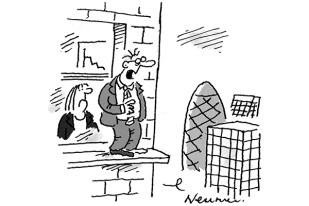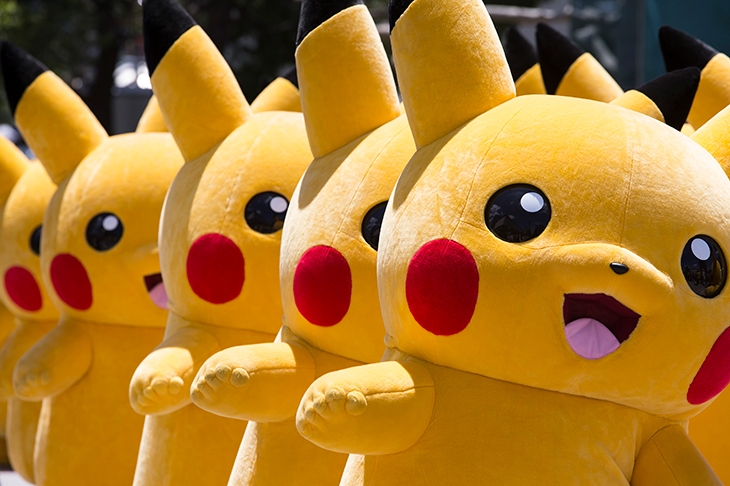I have become allergic to ‘cute’, bad-tempered biddy that I am. Cuteness and the requirement to be cute have spread like pondweed across children’s TV and out into the adult internet. Cute culture is a way of worshipping youth — cute characters by definition have babyish features: big heads and eyes, fat cheeks and clumsy bodies — and one of the many reasons I’m hostile is that I’m pretty sure youth-worship is exactly the opposite of what youth needs. ‘These Paw Patrol pups,’ I asked my son one day, as we watched his favourite superhero cartoon dogs save a grateful baby whale, ‘do they ever rescue ugly old animals?’ ‘No, not really,’ he said. ‘Old things aren’t cute.’
I’m cross, in part, because I feel guilty. During lockdown, I let my son watch too much TV. By the end of home-schooled term, 20 minutes of Paw Patrol had morphed into 40 minutes of whatever he fancied from age-appropriate Netflix. And it would have continued that way had I not begun to notice the effects: a constant cooing, a three–syllable ‘aaah’ ending with an upward inflection, followed by ‘it’s so cute’. Out walking, everywhere was ‘cute’: pigeons hobbling on club feet, ‘Aw, so cute.’ Flies: ‘Cute.’ Next door’s pit bull: ‘Cute.’ One day in the park we saw two snails mating, locked in a slimy hermaphroditic tango. ‘Is it cute?’ he asked, confused. If it wasn’t cute, it didn’t compute.

In the middle of the last century Konrad Lorenz proposed the concept of the baby schema (Kindchenschema), a set of features — big eyes, big wobbly head — that provoke a care-giving response. Studies done since confirm that most non-psychos, when they see something baby-faced, receive a little hit of delicious dopamine.








Comments
Join the debate for just £1 a month
Be part of the conversation with other Spectator readers by getting your first three months for £3.
UNLOCK ACCESS Just £1 a monthAlready a subscriber? Log in